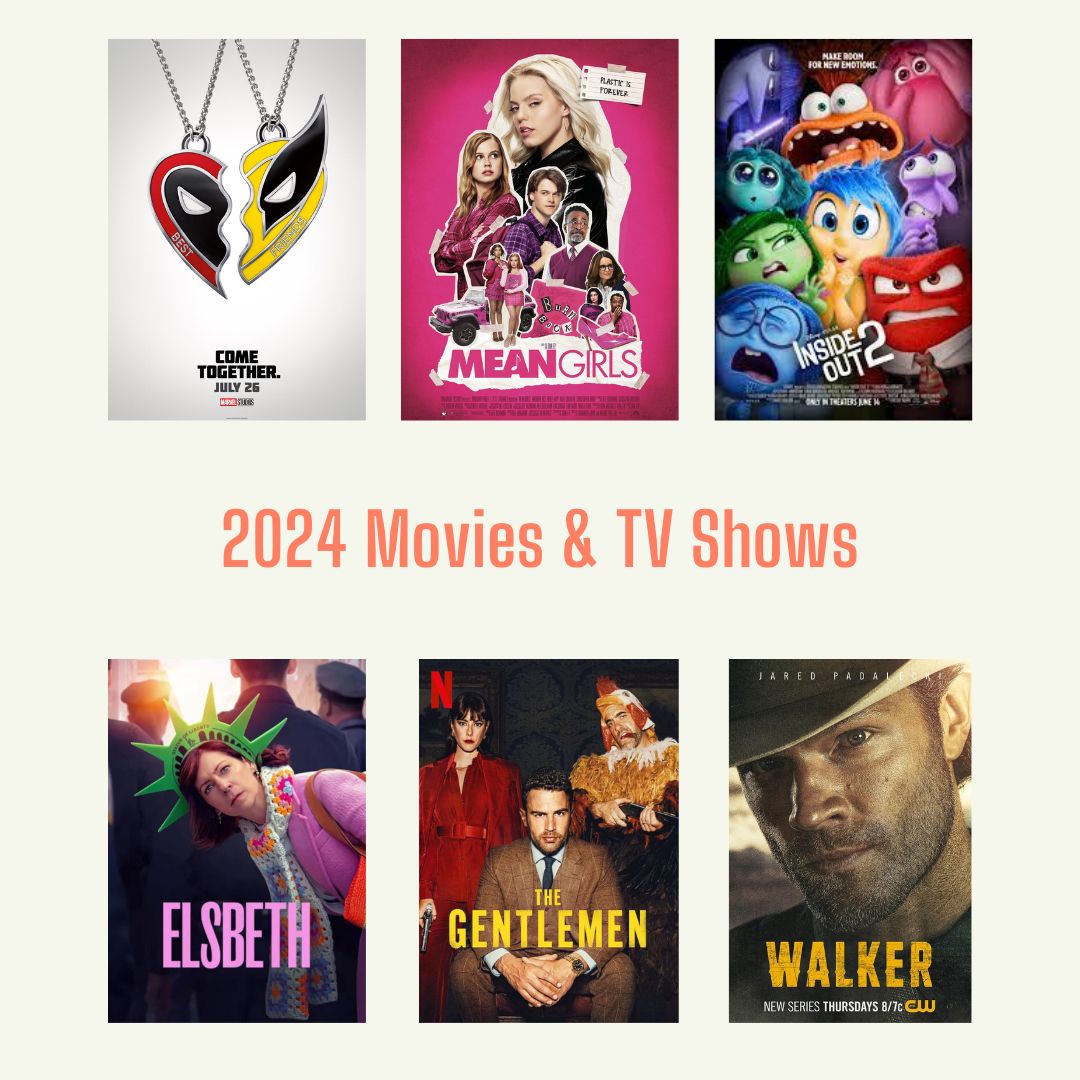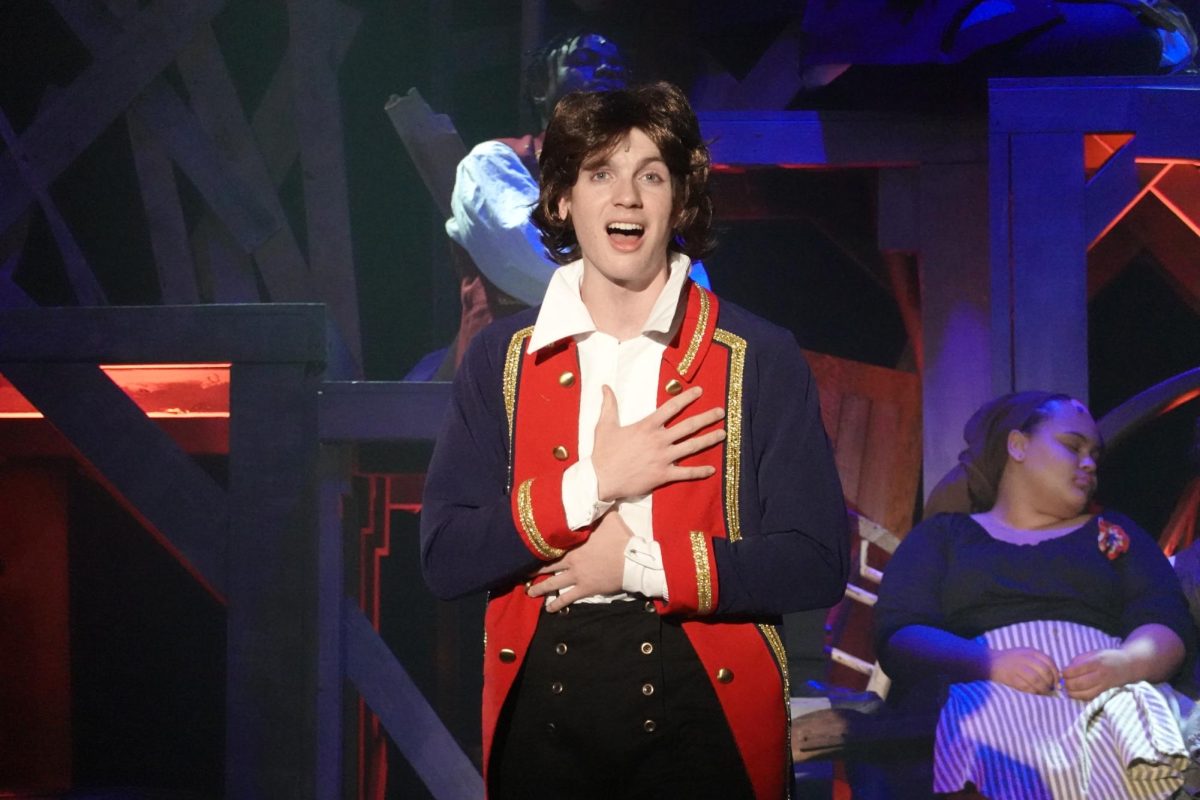On Feb. 26, my family and I sat down on the couch with blankets pulled up to our shoulders and turned on the new game show “Deal or No Deal Island,” a remake of the classic “Deal or No Deal” that ended in 2019. After the hour was over, I knew we were hooked on a new competitive show, adding it to our watch list consisting of “The Amazing Race,” “Big Brother,” “The Challenge” and countless others. But, something stood out to me about this new show: some of the elements were extremely similar to the TV series “Survivor” and, back after nearly 15 years, “The Mole.”
Each show has a cast of unique people, each one going after the prize money for a different, yet oftentimes sweet, reason. The three shows also take place on an island, instigate mass amounts of drama and have fun games that make viewers at home think ‘I could do that.’ The two main differences are how each game goes about giving contestants money and where they stay; “Survivor” just leaves people deserted in Fiji, while “The Mole” and “Deal or No Deal Island” gives them fancy, mansion-like housing.
Despite all the similarities, the shows are in high demand and have impressive viewer counts. Season 45 of “Survivor” premiered this year with a whopping 4.9 million viewers tuning in, while the premier of new “Deal or No Deal Island” rang in at 3.1 million viewers, and the fanbase has been growing each week. Even with a similar premise, it’s clear that audiences are enjoying the shows, the differences just enough to hold their attention.
“Big Brother” and MTV’s “The Challenge” have a similar relationship. In each show, all the contestants are placed inside the same house for weeks on end, causing competitors to create relationships with one another. Each week, the entire house plays a game or takes part in a challenge, and by Friday someone has been eliminated. The only difference? The difficulty of the competitions.
Based on the statistics, it seems the similar and consistent nature that most of the shows have are actually what viewers are looking for.
However, the latest season of “The Challenge: Battle for a New Champion” has the lowest viewership in the show’s 26 years on air. The cast of competitors are all ‘veterans’ of the show, but they had never won the finale. There wasn’t a single new player, and no Challenge champions, either. The show hasn’t lost the fanbase; they just removed the one thing most returning viewers love: the competition and drama between rookies, veterans and Challenge champions. Season 40 should be back to the regularly scheduled program.
Comparing that statistic to “Big Brother,” which has a constantly changing cast of characters, provides some insight into why both shows succeed despite being so similar. “Big Brother” fans like the idea of new competitors each season, allowing them to grow to love and root for different people each summer. “The Challenge” fans like the idea of the competitors earning their rank and place on the show — they enjoy the wonder of which rookie will take out the most powerful veterans.
There’s really only one show that is entirely different from the rest of the competitive reality TV drama genre: “The Amazing Race.” Contestants are in pairs with their ‘ride-or-dies’ and race against 12 other teams, traveling across the globe to be the first on the mat, meeting host Phil Keoghan and a representative from the country.
These teams compete in foot races and physical and mental competitions all specific to the country and city they’re in. The traveling component is unlike any other competition show, making the fight for the money the only thing similar. “The Amazing Race” is similar to “Big Brother” in the sense that all of the contestants are new, no veterans or champions are seen racing. The premiere for season 36 on March 13 had 2.8 million viewers – lower than expected for a show so different from the likes of “Survivor” and “Big Brother.”
Based on the statistics, it seems the similar and consistent nature that most of the shows have are actually what viewers are looking for. It will be very interesting to see how producers create new shows without remaking others, what elements they will include or remove. However, the success of unique shows such as “The Amazing Race” cannot be underestimated – afterall, the show has been on CBS for 23 years.
So, as we look forward to new competitive reality TV shows, we can expect a mix of new ideas and old shows presented differently. For now, make sure you record the newest seasons of “Survivor” and “The Amazing Race.”









